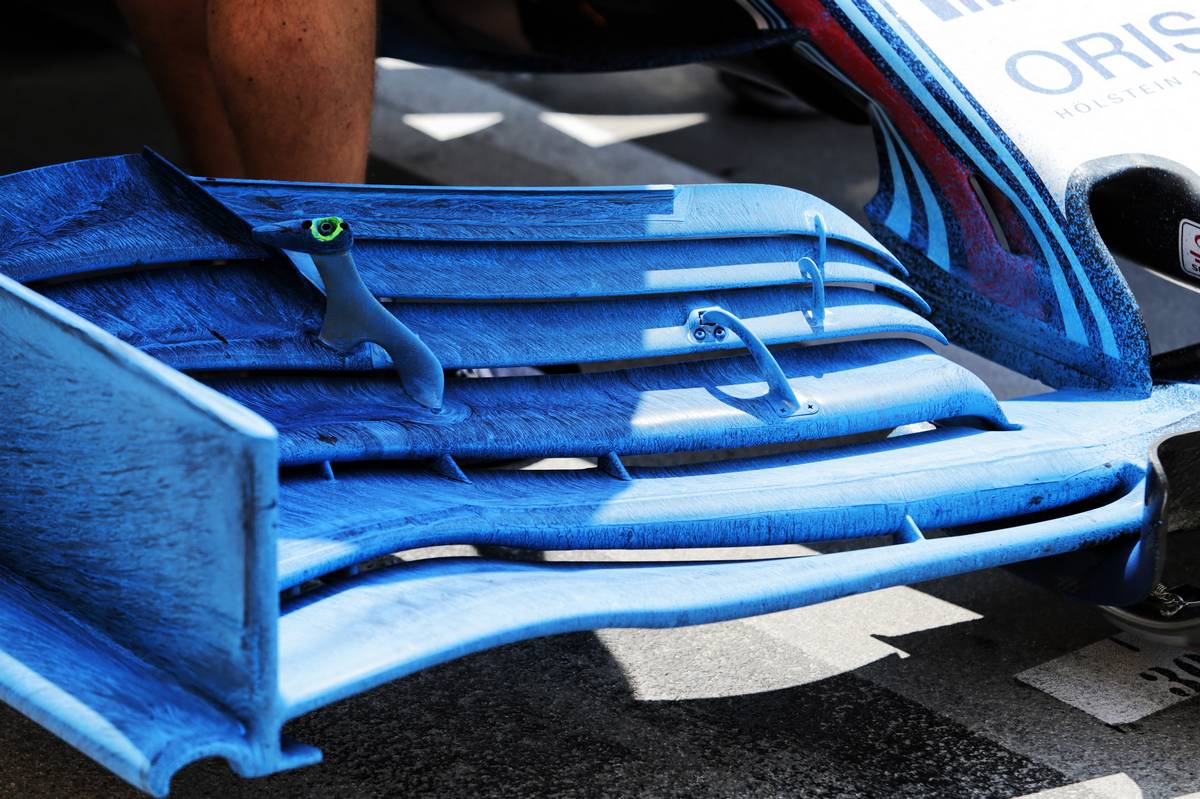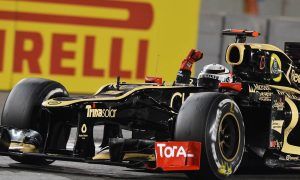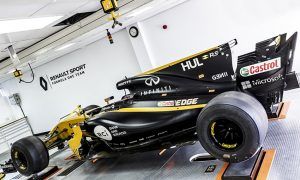More wing - fewer feathers
Overtaking in Formula 1 should be anything but easy regardless of whether a move is taking place at the front of the field or in the thick pack.
It should be about skill, boldness, audacity but also finesse and instinct. Unfortunately, a driver endowed with all those qualities - Daniel Ricciardo and Max Verstappen specifically come to mind - hasn't had much opportunity to put them to good use.
Why? Because of a phenomenon called "outwash", a by-product of F1's aerodynamicists ability to push turbulent air generated by the front wheels out to the sides of the car, rather than over it.
This in turn creates a wake of dirty air that makes overtaking a handful for a driver closely following - and possibly trying to overtake - another car.

The solution for minimizing this negative effect has come in the form a wider front wing, designed with a maximum of five elements and simpler endplates with just two strakes under the car.
The front wing's width is set at 2000 mm, an increase that should produce more down force but with a diminished outwash.






